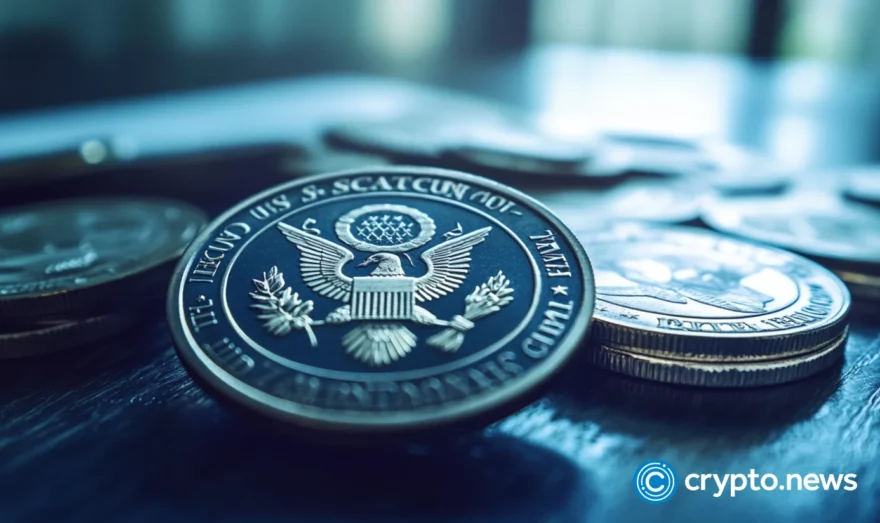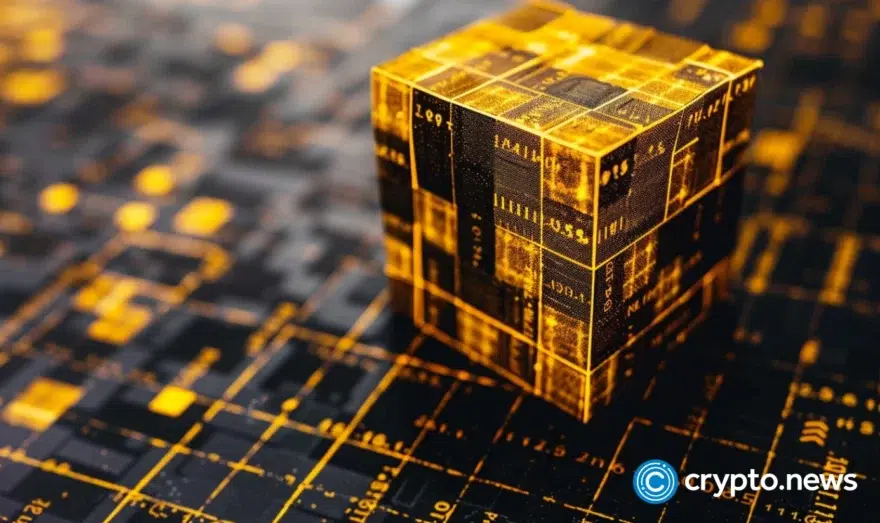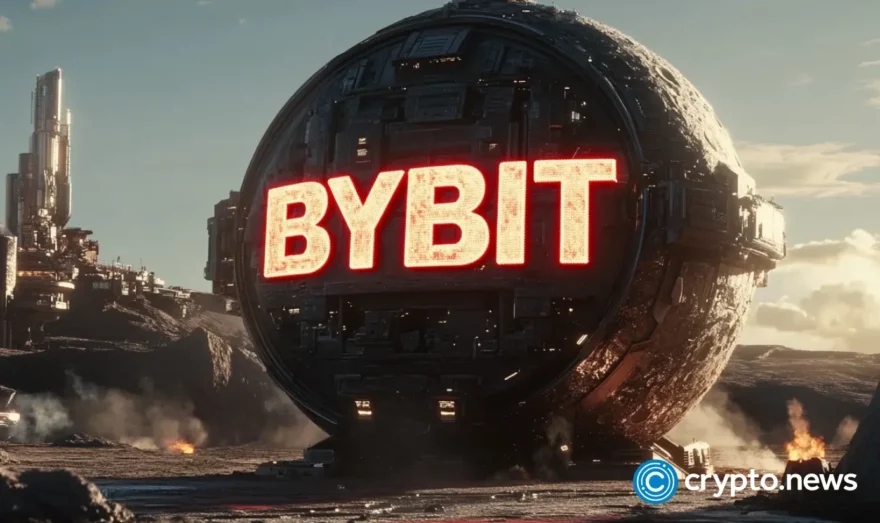Solana Mobile retires Saga after short-lived two-year run

Solana Mobile has pulled the plug on software support for the Saga, closing the book on a device whose legacy will be defined less by its Web3 ambitions than by its wild, airdrop-fueled second act.
- Solana Mobile has officially ended software and customer support for the Saga smartphone.
- The phone, which sold about 20,000 units, gained cult status after preloaded wallets became hotspots for lucrative memecoin airdrops.
- Saga’s short two-year support cycle aligns with Solana Mobile’s pivot to its next device, the Seeker.
In a recent notice issued recently, the Solana Mobile team said the Saga has officially reached its end-of-support lifecycle. Critically, customer support for the device has been scaled back to general inquiries only, effectively freezing the phone’s development in time.
“We want to extend our sincere appreciation to all Saga owners and developers who supported Solana Mobile’s first-generation device. Your feedback and engagement have been invaluable in shaping the next chapter of Solana Mobile,” the team noted.
The announcement, posted quietly on Solana Mobile’s website, marks a definitive close to a product that launched in May 2023 with the ambitious goal of integrating blockchain tools directly into mobile hardware.
Saga’s short-lived experiment with lasting questions
The decision directly impacts the roughly 20,000 users who purchased the Saga device, a figure that fell well short of the company’s initial 50,000-unit goal. For this community, the phone’s primary utility shifted dramatically from its intended purpose.
The Solana Mobile team launched the device with the ambition of making the crypto economy more accessible, but it ultimately found its place in history for a different reason: becoming a veritable golden ticket for speculative memecoin airdrops.
This unexpected turn of events began when Saga phones arrived with pre-loaded crypto wallets that became targets for token distributions. What started as a modest perk, with airdrops initially covering a portion of the phone’s cost, exploded into a frenzy during the peak of the Solana memecoin mania.
Still, the starkly short two-year support window stands in sharp contrast to industry standards, highlighting the challenges of crypto-native hardware. While Apple provides a minimum of five years of security updates and Google promises seven for its newer models, the Saga’s lifecycle was cut exceptionally short.
This move leaves owners with devices that are not only functionally frozen but also increasingly vulnerable to security threats, a significant concern for a product built around securing digital assets.
Saga’s sunset period coincides with Solana Mobile’s full pivot to its successor. The company began shipping its second-generation device, the Solana Seeker, in early August, to over 50 countries. With a massive 150,000 preorders, the Seeker is forecast to generate at least $67.5 million in gross revenue, a testament to learned lessons and a more product-ready market.














